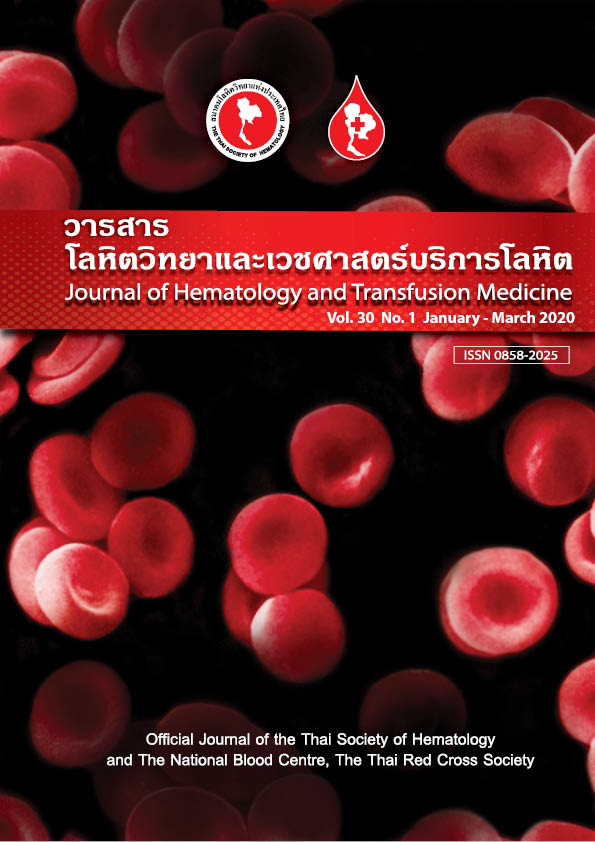Protein-losing enteropathy as a rare manifestation of neuroblastoma: a case report
Keywords:
neuroblastoma, protein-losing enteropathy, intestinal lymphangiectasia, childrenAbstract
Abstract:
An 11-month-old girl presented with generalized edema, fever and secretory diarrhea. Investigations
revealed fat malabsorption and hypoalbuminemia; protein-losing enteropathy was confirmed with a Tc-99m
albumin scan, and subsequent endoscopy with biopsy was performed, which revealed intestinal lymphangiectasia without evidence of malignancy. She was initially treated for primary intestinal lymphangiectasia with intravenous albumin and fat-free enteral feeding without improvement. After two months of hospitalization, a scalp nodule was noticed, and the biopsy result was consistent with neuroblastoma. Staging was completed, revealing the primary tumor had originated from the left adrenal gland with multiple extensive local and distant metastases. She received induction chemotherapy and partial tumor removal followed by one cycle of consolidative chemotherapy. Unfortunately, she was lost to follow-up and died approximately one year after diagnosis
Downloads
References
2. Marris JM. Recent advances in neuroblastoma. N Engl J Med. 2010;362:2202-11.
3. Bourdeaut F, de Carli E, Timsit S, Coze C, Chastagner P, Sarnacki S, et al; Neuroblastoma Committee of the Société Française des Cancers et Leucémies de l'Enfant et de l'Adolescent. VIP hypersecretion as primary or secondary syndrome in neuroblastoma: a retrospective study by the Société Française des Cancers de l'Enfant (SFCE). Pediatr Blood Cancer. 2009;52:585-90.
4. Umar SB, DiBaise JK. Protein-losing enteropathy: case illustrations and clinical review. Am J Gastroenterol. 2010;105:43-9.
5. Braamskamp MJ, Dolman KM, Tabbers MM. Clinical practice. Protein-losing enteropathy in children. Eur J Pediatr. 2010;169:1179-85.
6. Sylvester FA. Protein losing enteropathy. In: Wyllie R, Hyams JS, editors. Pediatric gastrointestinal and liver disease. 4th ed. Philadelphia: Elsevier. p.360-5.
7. Schussheim A. Protein-losing enteropathies in children. Am J Gastroenterol. 1972;58:124-32.
8. Gerdes JS, Katz AJ. Neuroblastoma appearing as protein losing enteropathy. Am J Dis Child. 1982;136:1024-5.
9. Coskun T, Ozen H, Buyukpamukcu M, Kale G. Neuroblastoma presenting as protein-losing enteropathy. Turk J Pediatr. 1992;34:107-9.
10. Reifen RM, Sherman PM. Intestinal lymphangiectasia secondary to neuroblastoma. Can J Gastroenterol. 1994;8:49-51.
11. D’Amico MA, Weiner M, Ruzal-Shapiro C, DeFelice AR, Brodlie S, Kazlow PG. Protein-losing enteropathy: an unusual presentation of neuroblastoma. Clin Pediatr. 2003;42:371-3.
12. Citak C, Karadeniz C, Dalgic B, Oguz A, Poyraz A, Okur V, et al. Intestinal lymphangiectasia as a first manifestation of neuroblastoma. Pediatr Blood Cancer. 2006;46:105-7.
13. Brenner E, Mir S. An Infant with protein-losing enteropathy from an unforeseen origin. Ann Pediatr Child Health. 2016;4:1113.
14. Navalkele P, Belgrave K, Altinok D, Bhambhani1 K, Taub JW, Wang ZJ. Hypoalbuminemia associated with neuroblastoma: a single institution experience. Ann Pediatr Child Health. 2016;4:1115.



